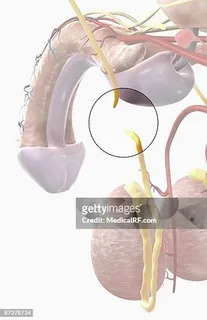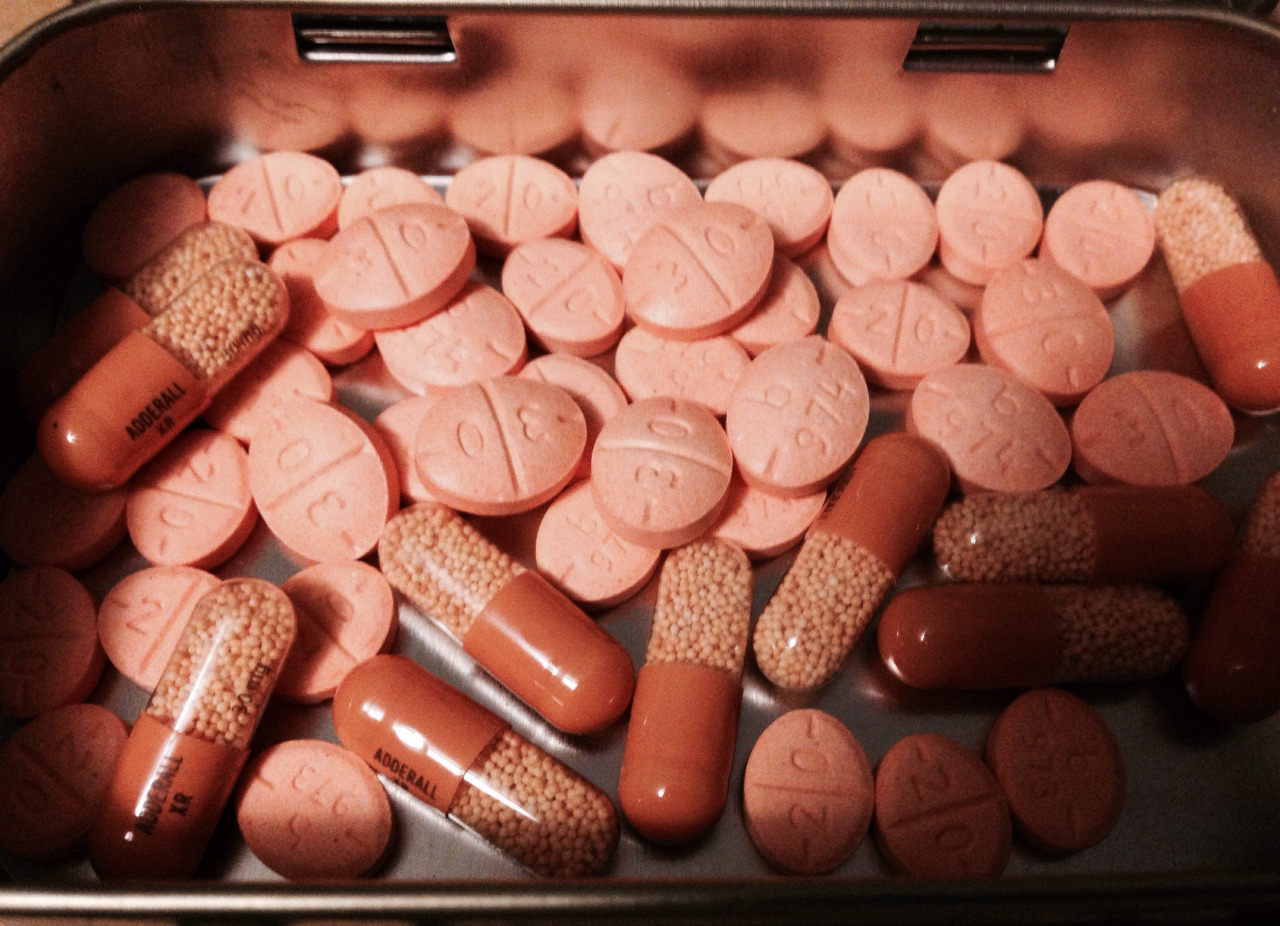A No Scalpel Vasectomy has become one of the most preferred methods of permanent male contraception worldwide. Known for its minimally invasive technique, reduced complications, and consistently high success rates, it offers men a dependable and low-risk option for long-term birth control. As more couples pursue reliable family planning methods, understanding the safety and effectiveness of the No Scalpel Vasectomy becomes essential.
This article breaks down the procedure’s safety profile, long-term outcomes, scientific evidence, and reasons why it is considered one of the most efficient sterilization techniques available today. Whether you’re considering the procedure or educating patients, this guide provides a clear and comprehensive look at everything that makes the No Scalpel Vasectomy both safe and effective.
What Is a No Scalpel Vasectomy?
A No Scalpel Vasectomy is a modern variant of the traditional vasectomy technique. Instead of using surgical incisions, the surgeon creates a tiny puncture in the scrotal skin to access the vas deferens—the tubes that carry sperm from the testicles. The tubes are cut, sealed, or blocked to prevent sperm from reaching the semen, effectively creating permanent contraception.
This puncture-based method may seem like a small change, but it significantly reduces recovery time, pain levels, and the likelihood of complications.
Why No Scalpel Vasectomy Is Considered Safe
Safety is one of the most important concerns for men considering sterilization. Fortunately, the No Scalpel Vasectomy is widely regarded as one of the safest urologic procedures, with complication rates far lower than older surgical methods.
1. Minimally Invasive Technique Reduces Surgical Risks
Because the surgeon doesn’t use a scalpel or make large incisions, the risk of:
- excessive bleeding
- bruising
- infection
- scarring
is significantly reduced. The tiny puncture is so small that it usually does not require stitches and heals quickly with minimal discomfort.
2. Lower Risk of Infection
In traditional vasectomy procedures, the incision site can become vulnerable to infection. With the No Scalpel Vasectomy, infection rates drop significantly because the puncture wound:
- heals faster,
- remains clean with minimal effort, and
- limits bacterial exposure.
In most cases, following standard hygiene instructions is enough to prevent infections entirely.
3. Reduced Chances of Hematoma and Bleeding Complications
A hematoma is a collection of blood beneath the skin caused by internal bleeding. The no-incision technique reduces trauma to surrounding tissues, making hematomas far less common.
When hematomas occur, they typically arise from strenuous activity too soon after surgery—not from the surgical technique itself.
4. Lower Postoperative Pain Levels
One of the biggest concerns men have is pain. Studies consistently show that the No Scalpel Vasectomy results in:
- less postoperative pain
- shorter pain duration
- fewer men requiring prescription pain medication
Most describe discomfort as mild pressure or soreness that resolves within a few days.
5. Very Low Rate of Procedure Failure
Failures are rare and usually involve:
- spontaneous recanalization (the vas deferens reconnecting)
- not following semen-testing instructions
Using advanced sealing techniques such as cauterization and fascial interposition further reduces the chance of failure.
6. No Impact on Sexual Function
One of the most important safety factors is sexual wellbeing.
A No Scalpel Vasectomy does not affect:
- erections
- ejaculation
- orgasm intensity
- libido
- testosterone levels
The testicles continue to produce hormones normally. The only difference is that sperm no longer mix with semen.
7. Low Long-Term Complication Rates
While any procedure can have complications, long-term issues such as chronic scrotal pain (post-vasectomy pain syndrome) are rare—estimated at less than 1–2%. Most mild soreness resolves within weeks to months and rarely affects quality of life.
How Effective Is a No Scalpel Vasectomy?
Effectiveness is a major reason why men choose this method. When performed properly and followed by semen confirmation testing, a No Scalpel Vasectomy is over 99.85% effective, making it one of the most reliable contraceptive options available.
1. Near-Perfect Protection Against Unintended Pregnancy
A No Scalpel Vasectomy is as effective as tubal ligation but comes with far fewer risks and costs. Once sperm are cleared from the ejaculatory pathway, the chances of pregnancy become extremely low.
This makes it appealing for couples who:
- have completed their families,
- prefer a permanent solution,
- want to eliminate the need for hormonal contraception, or
- seek an alternative to female sterilization.
2. Effective Immediately After Semen Testing
Although the surgery works immediately to prevent new sperm from forming in the vas deferens, residual sperm remain in the reproductive tract for several weeks. This is why semen analysis testing is essential.
Patients must continue using contraception until they receive two consecutive semen tests confirming the absence of sperm.
Once cleared, protection is considered permanent.
3. Low Failure Rate Due to Advanced Sealing Techniques
Modern dermatologic and urologic advances have made the No Scalpel Vasectomy even more effective. Techniques like:
- thermal cautery
- fascial interposition
- titanium clips
- sutures
increase long-term success rates and prevent vas reconnection.
4. No Ongoing Maintenance Required
Unlike condoms, hormonal birth control, or intrauterine devices, there is no maintenance required after a vasectomy. Once cleared through semen testing, the patient no longer needs to manage contraception.
5. Highly Predictable Outcomes
Because the technique has been studied for decades and perfected by specialists worldwide, outcomes are very consistent. A trained urologist with experience in No Scalpel Vasectomy provides reliable, reproducible results with minimal complications.
Comparing No Scalpel Vasectomy With Traditional Vasectomy
Many men ask how the No Scalpel Vasectomy compares to older surgical methods. The differences are significant.
| Feature | No Scalpel Vasectomy | Traditional Vasectomy |
| Incision | Tiny puncture | 1–2 surgical incisions |
| Pain | Lower | Higher |
| Recovery time | Faster | Slower |
| Infection risk | Lower | Higher |
| Scarring | Minimal | More noticeable |
| Return to work | 1–3 days | 3–5 days |
| Effectiveness | Equal | Equal |
While both techniques ultimately achieve the same contraceptive effect, the No Scalpel Vasectomy offers a smoother, safer, and more comfortable patient experience.
Why Men Prefer No Scalpel Vasectomy
1. Fast Procedure Time
The entire appointment typically takes 15–30 minutes, with the surgical portion lasting just 5–10 minutes.
2. Minimal Downtime
Men return to office work within a day or two, and full mobility returns quickly.
3. Lower Anxiety Levels
Knowing that no scalpel will be used helps many patients feel more comfortable before and during the procedure.
4. Better Cosmetic Outcome
A tiny puncture leaves virtually no scar, making the procedure more aesthetically appealing.
5. High Long-Term Satisfaction
Most men report satisfaction with the decision due to:
- improved peace of mind
- no contraceptive responsibility for their partner
- absence of noticeable long-term effects
Post-Procedure Safety Tips to Maximize Effectiveness
Even though the technique is safe, patients must follow aftercare instructions to ensure the best outcome.
1. Rest for 24–48 Hours
Minimal activity reduces the chance of bleeding and swelling.
2. Apply Ice Packs
20 minutes on, 20 minutes off for the first day helps with inflammation.
3. Wear Supportive Underwear
This stabilizes the scrotum and prevents strain.
4. Avoid Heavy Lifting for a Week
Too much strain can damage healing tissues.
5. Resume Sex After 7 Days—With Contraception
Until semen testing confirms sterility, pregnancy is still possible.
6. Attend All Semen Tests
Skipping post-vasectomy testing is the most common cause of unexpected pregnancy.
Long-Term Health and Safety Outcomes
Long-term studies show that the No Scalpel Vasectomy does not increase the risk of:
- prostate cancer
- testicular cancer
- hormonal changes
- sexual dysfunction
- cardiovascular disease
The testicles continue to function normally, and overall health remains unchanged.
Additionally, the psychological benefits are significant for many men, who report relief from contraceptive stress and improved confidence in family planning.
Conclusion
A No Scalpel Vasectomy stands out as one of the safest, most effective, and most convenient options for permanent male contraception. Its minimally invasive technique results in lower pain, fewer complications, and faster recovery. When combined with high long-term success rates, predictable outcomes, and no ongoing maintenance, it becomes easy to see why millions of men choose this procedure.
For individuals seeking a dependable and low-risk option to end their reproductive journey, the No Scalpel Vasectomy offers unmatched safety and effectiveness.
FAQs
1. How effective is a No Scalpel Vasectomy?
It is more than 99.85% effective after semen testing confirms that sperm are no longer present. This makes it one of the most reliable contraceptive methods available.
2. Is a No Scalpel Vasectomy painful?
Most men experience only mild discomfort or pressure during the procedure. Postoperative pain is typically minimal and resolves within a few days.
3. Does a No Scalpel Vasectomy affect sexual function?
No. The procedure does not affect erections, libido, ejaculation, or hormone levels. Men resume normal sexual activity after 7–10 days with no long-term changes.





